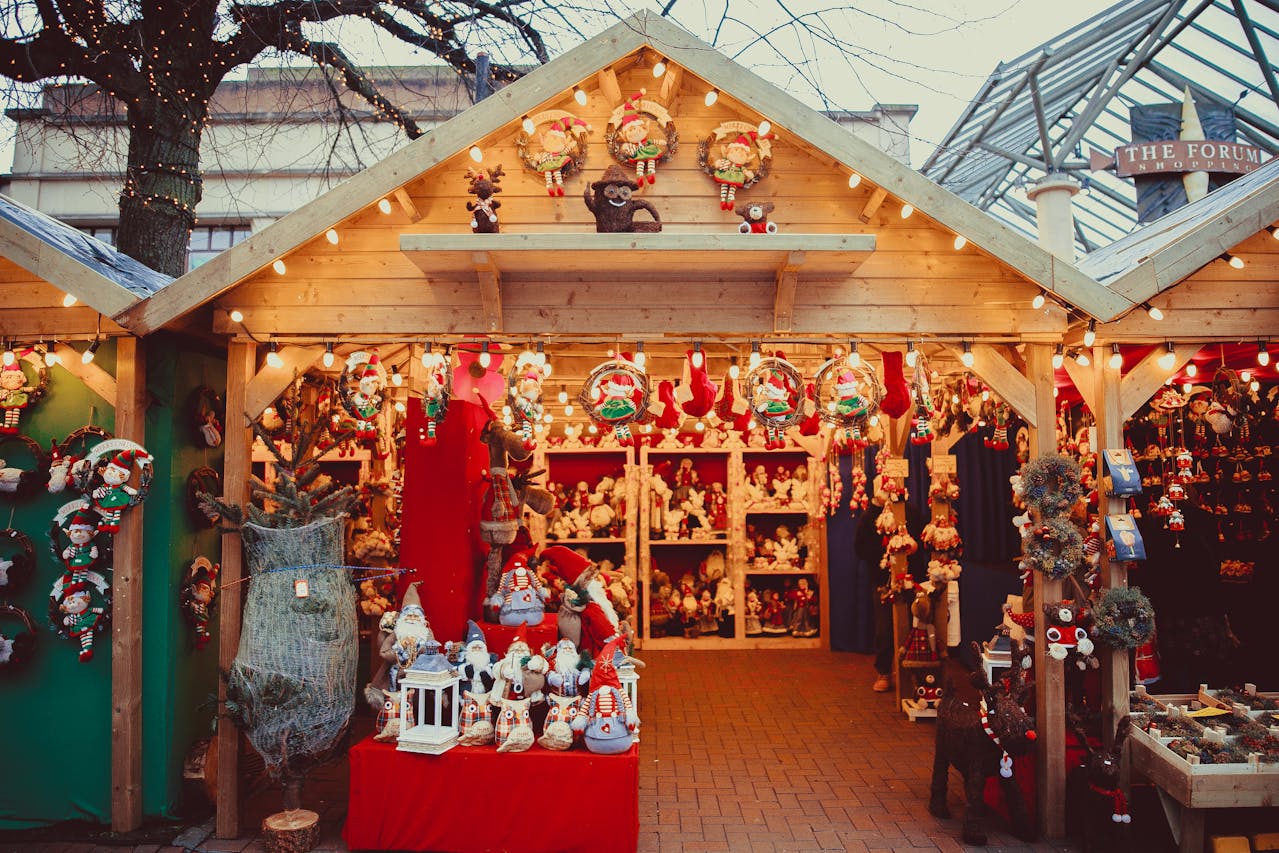Christmas markets have become synonymous with the festive season, billed as the ultimate way to immerse yourself in holiday cheer. Twinkling lights, steaming cups of mulled wine, and rows of wooden stalls—what’s not to love? Well, quite a bit, actually. Strip away the fairy lights, and you might find yourself wondering if these beloved events are more about hype than heart.
For all their charm, Christmas markets often fail to deliver on their promises. Instead of quaint and cozy, they can be overcrowded, overpriced, and disappointingly unoriginal. Let’s take a closer look at why these seasonal spectacles might not be all they’re cracked up to be.
The False Promise of Tradition
Much of the allure lies in their supposed historic roots, yet many markets are less about heritage and more about commerce. While some, like Germany’s Nuremberg Christmas Market, can trace their origins back centuries, many of today’s markets are modern fabrications designed to draw tourists. Even longstanding ones have evolved into commercial machines, filled with mass-produced goods masquerading as “artisanal.”
The rustic chalets and quaint decorations often feel more like a movie set than a genuine slice of tradition. It’s hard to feel nostalgic when you’re surrounded by throngs of people jostling for Instagram-worthy photos.
The All-Too-Familiar Offerings
If you’ve been to one Christmas market, you’ve more or less been to them all. The stalls, while festive, tend to sell variations of the same items—candles, knitted scarves, and ornaments that look handmade but often aren’t. That “unique” souvenir you picked up? There’s a good chance the stall two rows over has it too, just with a slightly different price tag.
Even the food can be uninspired. A bratwurst here, a hot chocolate there—it’s pleasant enough, but hardly worth enduring the crowds for. Mulled wine, the quintessential market staple, often tastes more like lukewarm regret in a cup than the nectar of festive dreams. It’s usually nothing more than cheap box wine with too much added sugar and synthetic Christmas spice flavouring.
A Pricey Affair
Speaking of costs, Christmas markets are not kind to the budget-conscious. A snack and a drink can set you back the price of a decent meal elsewhere, and souvenirs come with a hefty “holiday premium.” For many visitors, the financial strain sours the experience, leaving them with a lighter wallet and the distinct feeling they’ve been fleeced.
The Joyless Crowds
Nothing kills the festive spirit quite like hordes of people crammed into narrow aisles. For many markets, their popularity is their undoing. The charm of wandering through twinkling stalls is quickly overshadowed by the reality of shuffling shoulder-to-shoulder with strangers.
The atmosphere, instead of magical, becomes claustrophobic. The romantic idea of sipping mulled wine under the stars loses its appeal when it’s accompanied by elbow jabs and endless queues.
The Weather Reality Check
As picturesque as the idea of an outdoor winter market sounds, it often collides with reality in the form of bitter cold, rain, or snow. Standing in freezing temperatures while holding a soggy gingerbread biscuit isn’t exactly the magical experience promised in glossy travel brochures. For those unaccustomed to winter’s harshness, it’s an ordeal rather than an indulgence.
A Different Kind of Festive Cheer
None of this is to say you can’t enjoy Christmas markets. For some, they represent a cherished tradition. But for those who find themselves underwhelmed, there are alternatives. A quiet evening spent with loved ones, a home-cooked holiday meal, or even supporting local artisans online can be just as festive—and far less stressful.
The holidays are meant to be joyful and warm, not a test of patience and pocketbooks. So, if you’re on the fence about battling the Christmas market chaos this year, remember: it’s perfectly okay to find your own way to celebrate. The glitter might fade, but the true spirit of the season is timeless.









Leave a Reply